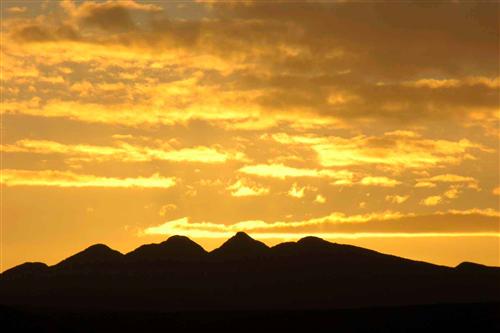Climate variability refers to the deviation of climate statistics over a given period of time (for example a specific month, season or year) from the long-term climate statistics relating to that corresponding calendar period. It thus describes how the climate over a comparatively short period varies from long-term climatic averages, often with direct consequences for water resource availability and management. For example, one direct result may be a change in availability of surface and groundwater resources. Individual events such as the El Niño or El Niña Southern Oscillation phenomena, or volcanic activity, can cause significant climate variation.
A critical variable for assessing trends in precipitation and evapotranspiration is the Coefficient of Variation (CV%), which can be applied to monthly meteorological data.
The CV is a statistical measure of the potential seasonal and interannual fluctuations in water availability for regions. Increased climate variability indicates larger year-to-year fluctuations, a higher CV and hence, less predictability in the climate.
CV is seen as a more accurate assessment for water availability than annual average precipitation/evapotranspiration, as it shows the natural year-to-year variability. Higher CV indicates a greater degree of precipitation on a year-to-year basis in a specific area (Schulze 2006).The variability of precipitation and evapotranspiration, both in time and in space across a region, directly influences the availability and variability of surface and groundwater resources.

The climate of the Orange-Senqu River basin is highly variable.
Source:Vogel 2009
( click to enlarge )
